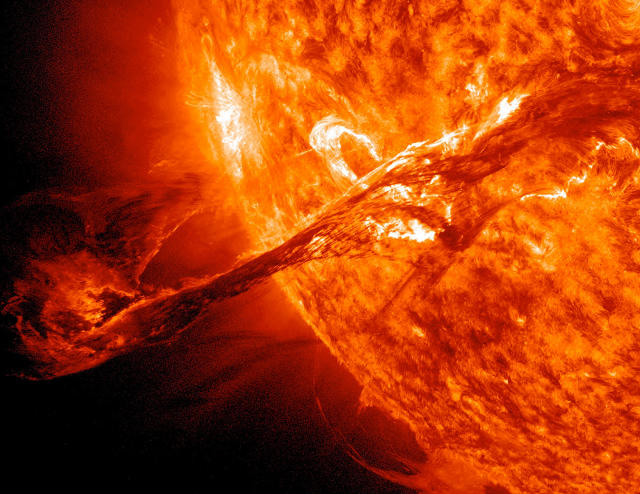Researchers from China and Romania, in a study published in Nature Communications, have explored how solar radiation affects deep inside the Earth.
They found that sunlight, which varies depending on latitude, influences temperatures on the ocean’s surface.
This, in turn, affects where marine life thrives.
These organisms, which contain carbon, are carried deep into the Earth when oceanic plates sink below the surface.
This process changes the chemistry of magma found in volcanic areas.
To understand this process, scientists studied thousands of samples of magma from around the world.
They looked at tiny bits of melted rock trapped inside minerals like olivine.
They also examined larger samples of rocks.
This research showed that magma closer to the equator, where there is more sunlight, has less oxygen compared to magma from areas farther away from the equator.
They also found evidence of less carbon in the ocean near the equator.
Wan Bo, one of the researchers, said, “This surprising finding shows that what happens on the Earth’s surface like the climate and sunlight affects what happens deep inside the Earth.”
Understanding these processes is important because it helps scientists predict where valuable metals like copper, tin, and lithium might be found.
Hu Fangyang, another researcher involved in the study, added, “Knowing more about these patterns helps us study how the Earth works and how it might be affected by human activities.”
This research opens up new possibilities for exploring natural resources and protecting the environment.
Hemingways Collection And Maa Trust Launch Maternity Facility In Maasai Mara

